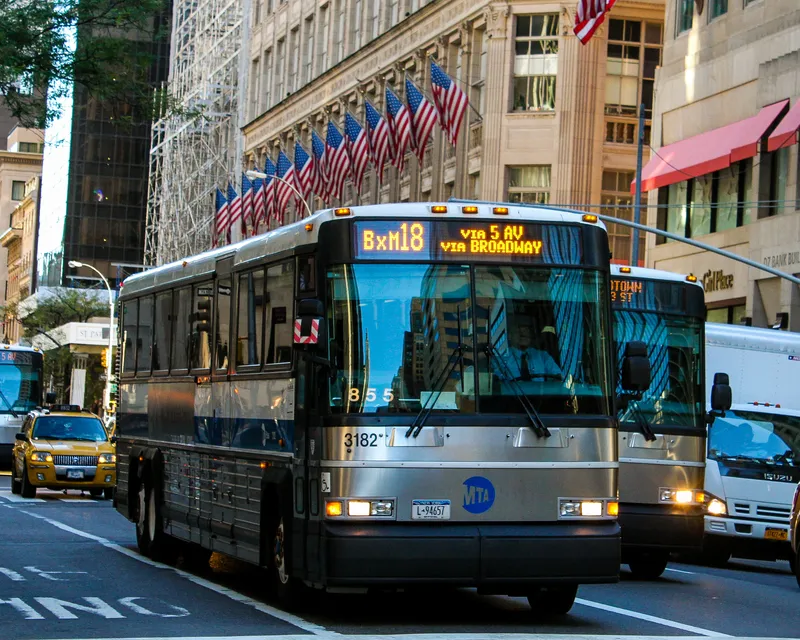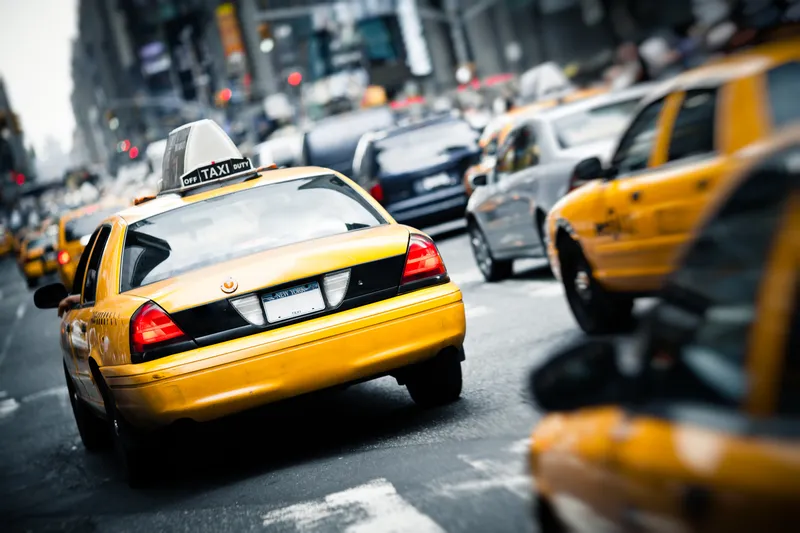
New York regional transport authorities have increased the number of bus lane and bus-mounted cameras to help enforce vehicle restrictions in the transit lanes.
New York state's Metropolitan Transportation Authority (MTA) and New York City Department of Transportation (NYCDoT) said the technology will be set up in nine new corridors in the New York City boroughs of Manhattan, Queens and Brooklyn.
All three boroughs already have the technology.
Enforcement is expected to help ensure that congestion is reduced and bus speeds and commute times are improved for riders.
According to the authorities, since bus-mounted camera enforcement began last year, there have been improvements in some bus speeds, with increases of up to 34% in some segments.
Each bus lane corridor already has signage indicating the hours that the bus lanes are operable and that the lanes are camera-enforced.
NYCDoT will issue only warnings to motorists for the next 60 days to ensure that drivers are aware of the programme before any fines are imposed. After that, a single violation will cost $50, and increased fines will be added for repeat offenders.
Around 1.3 million violations have been issued from NYCDoT’s stationary bus lane cameras since the programme’s inception in 2011.
Around 37,500 violations and warnings have been issued from the MTA’s bus-mounted cameras since that programme’s inception in October 2019.
The programme is part of the city’s Better Buses Restart plan to help the urban area get to back to a normal after the lockdown due to the pandemic.
The MTA is expanding the number of bus-mounted cameras as part of the 2020-2024 Capital Programme.
"The Mayor’s Better Buses plan is making sure more buses can move quickly and reliably in dedicated lanes – and automated camera enforcement is among the best ways to make that happen," said Polly Trottenberg, NYCDoT commissioner.
"Together, we are making sure buses play a central role in moving New Yorkers in our city’s Covid-19 recovery."
“Well-enforced bus priority is the key to increasing bus ridership. Automated camera enforcement is an essential tool in keeping bus lanes clear," said Craig Cipriano, MTA Bus Company president.
“So if you’re a motorist, consider this your warning. Bus lanes are for buses and our joint resolve with DoT to enforce the rules covers more city streets than ever before."








